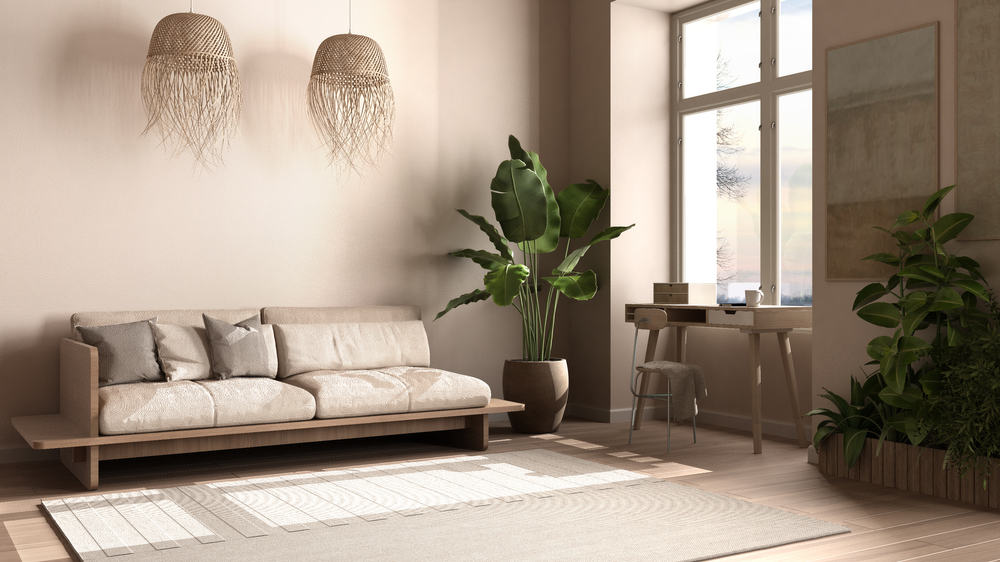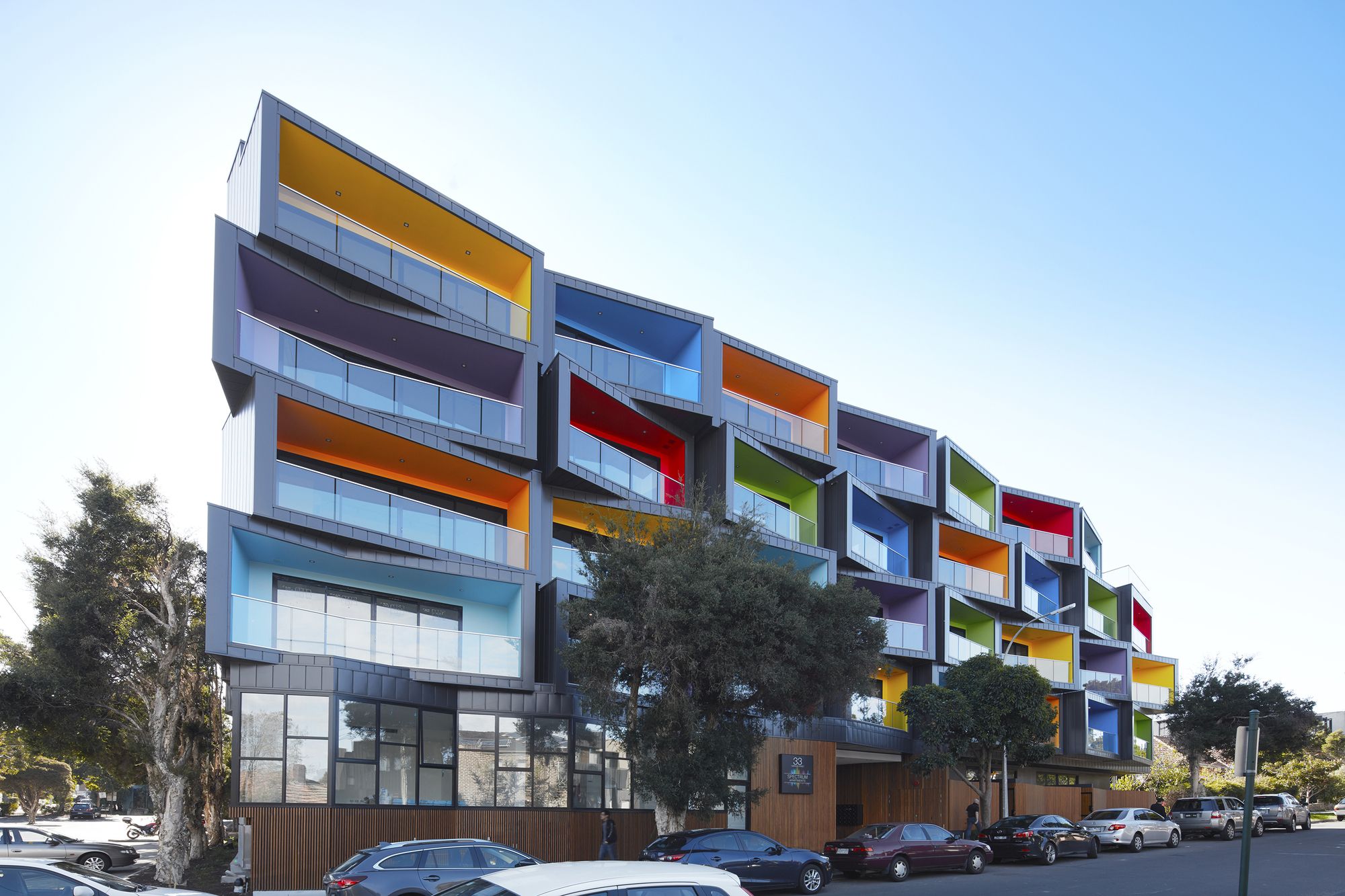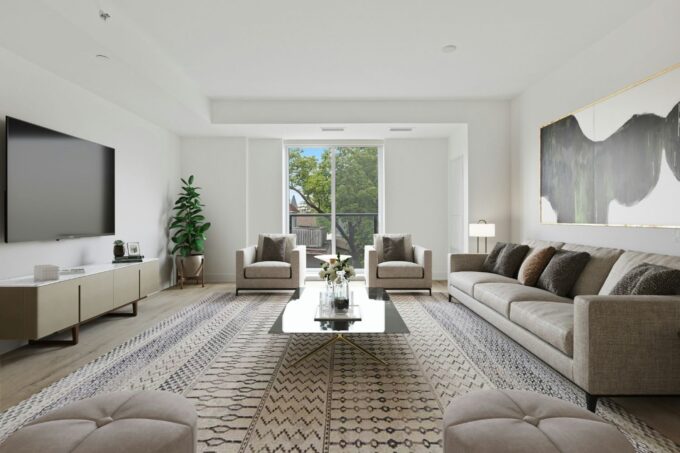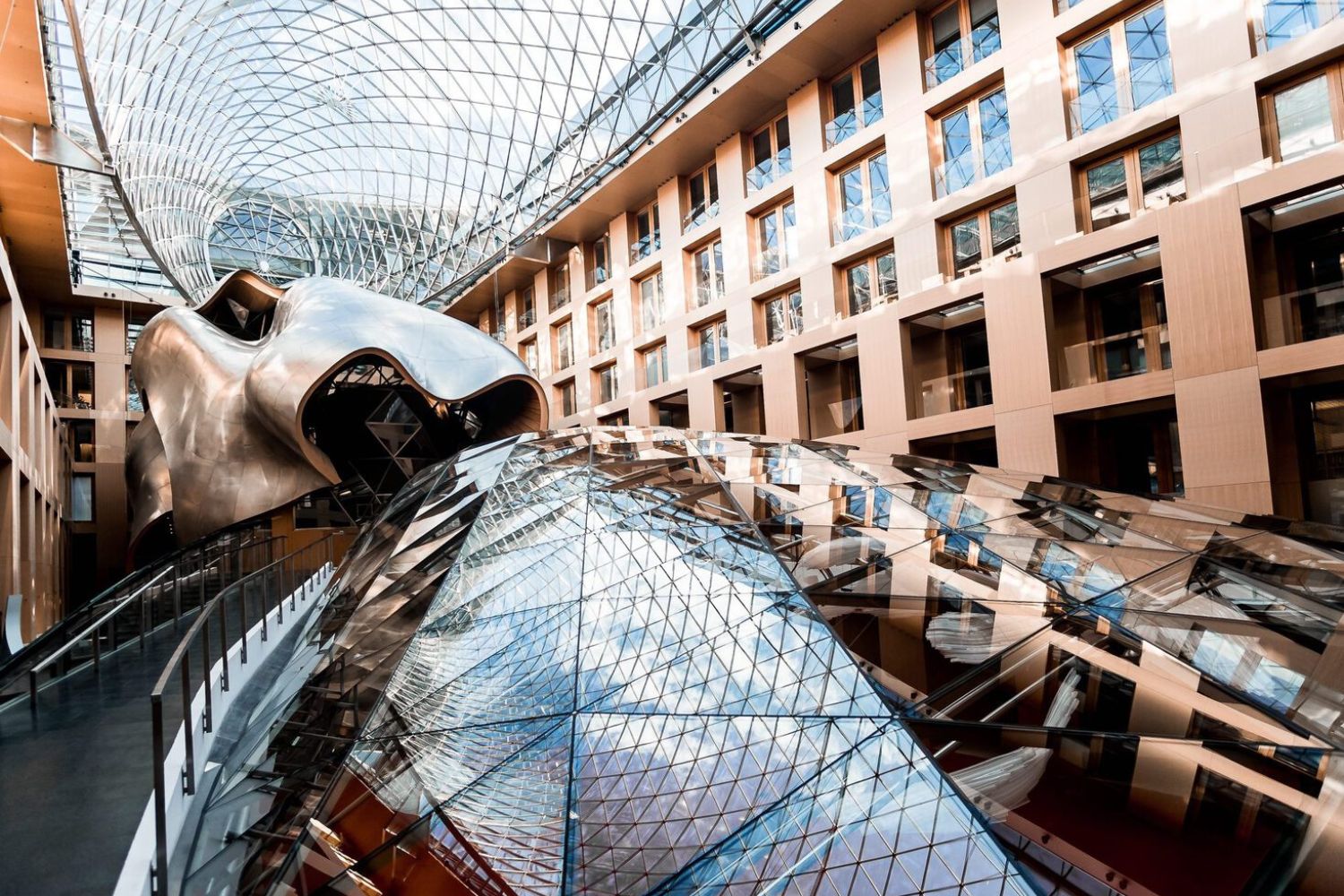- Home
- Articles
- Architectural Portfolio
- Architectral Presentation
- Inspirational Stories
- Architecture News
- Visualization
- BIM Industry
- Facade Design
- Parametric Design
- Career
- Landscape Architecture
- Construction
- Artificial Intelligence
- Sketching
- Design Softwares
- Diagrams
- Writing
- Architectural Tips
- Sustainability
- Courses
- Concept
- Technology
- History & Heritage
- Future of Architecture
- Guides & How-To
- Art & Culture
- Projects
- Interior Design
- Competitions
- Jobs
- Store
- Tools
- More
- Home
- Articles
- Architectural Portfolio
- Architectral Presentation
- Inspirational Stories
- Architecture News
- Visualization
- BIM Industry
- Facade Design
- Parametric Design
- Career
- Landscape Architecture
- Construction
- Artificial Intelligence
- Sketching
- Design Softwares
- Diagrams
- Writing
- Architectural Tips
- Sustainability
- Courses
- Concept
- Technology
- History & Heritage
- Future of Architecture
- Guides & How-To
- Art & Culture
- Projects
- Interior Design
- Competitions
- Jobs
- Store
- Tools
- More

In today’s world, where environmental concerns are paramount, sustainability has evolved from a buzzword to a way of life. From the food we eat to the clothes we wear and the homes we live in, conscious choices can significantly impact our planet’s health. When it comes to interior design, the call for sustainability is louder than ever. Modern homeowners are seeking ways to create interiors that are both chic and ecologically sound. Here’s how you can integrate sustainability into your modern home interior:
- Eco-friendly Materials: Start by choosing sustainable materials for your home. Consider:
- Bamboo: A fast-growing plant that can be used for flooring, furniture, and even wall panels.
- Recycled Glass: Ideal for countertops, tiles, and decorative accents.
- Cork: Not just for wine bottles, cork is great for flooring and pin boards.
- Reclaimed Wood: Give old wood a new life as tables, chairs, or accent walls.
- Energy Efficiency: With a combination of technological advancements and smart design, homes can reduce energy consumption.
- LED Lighting: Consumes less energy and lasts longer than traditional bulbs.
- Smart Thermostats: Adjusts heating and cooling automatically to optimize energy use.
- Energy-efficient appliances: Look for the ENERGY STAR label when shopping.
- Reduce, Reuse, Upcycle: Before buying new, see if you can repurpose what you already have. An old ladder might become a bookshelf, or an old door can be a headboard. The possibilities are endless.

Credit: Top 10 Sustainable Interior Design Ideas for an Eco-Friendly Home – (decorilla.com) - Natural Light: Harnessing natural light can significantly reduce your energy bills. Skylights, large windows, and strategically placed mirrors can flood your space with sunlight.
- Greenery: Plants don’t just elevate aesthetics; they also purify the air and improve indoor air quality. From large potted plants to herb gardens in the kitchen, nature has a place indoors.
- Choose Quality Over Quantity: Instead of following fast fashion for homes, choose timeless pieces of high quality. They’ll last longer, reducing waste and the need for replacements.
- Eco-friendly Paints: Eco-friendly paints, often referred to as “green paints,” have been gaining traction in the world of interior design and architecture, not only for their environmental benefits but also for the health advantages they offer. Let’s delve deeper into the world of eco-friendly paints: Many traditional paints release volatile organic compounds (VOCs) into the air. Opt for low-VOC or VOC-free paints, which are better for the environment and your health. Traditional paints often contain Volatile Organic Compounds (VOCs) – these are organic chemicals that evaporate readily at room temperature. When these paints are applied, VOCs are released into the air, leading to indoor air pollution. Over time, exposure to high VOC levels can have health implications, causing headaches, respiratory issues, and even more severe health problems.

Credit: 3 Sustainable Interior Design Strategies | Neumann Monson Architects - Local Sourcing: By buying locally-produced furniture and decor, you reduce the carbon footprint associated with transportation. Plus, supporting local artisans and businesses can help boost your community’s economy.
- Natural Fabrics: For upholstery, curtains, and rugs, go for natural fibers like cotton, wool, and silk. They’re biodegradable and generally have a lesser environmental impact than synthetics.
- Water Conservation: Think beyond just the kitchen and bathroom. Use water-conserving plants or a sustainable aquarium, and invest in appliances like washing machines that optimize water usage.
In conclusion, designing a sustainable interior for a modern home goes beyond just aesthetics. It signifies a deeper understanding of our role as caretakers of the planet and our commitment to a more harmonious coexistence with nature. Each choice we make, from the materials we use to the energy we consume, has ripple effects that extend far beyond our immediate surroundings. Adopting a sustainable approach speaks to our vision of a future where ecological responsibility and stylish living are seamlessly integrated.
Furthermore, as we move forward in this age of global connectivity and heightened awareness, sustainable interiors become more than just a personal choice; they emerge as a collective statement. By embracing sustainability in our homes, we’re not only reducing our carbon footprint but also inspiring others to do the same. We’re laying the groundwork for future generations to live in a world where homes are built with both the well-being of the inhabitants and the planet in mind.
Lastly, the beauty of sustainable interiors lies in their adaptability and timelessness. They challenge the notion that ‘newer is better’ by emphasizing longevity, quality, and meaningfulness. By making the shift, we’re investing in a future where the comforts of home are intricately linked with the health of the world outside its walls. This transformation in perspective, from temporary inhabitants to lifelong stewards, is the essence of a sustainable, modern home.

Submit your architectural projects
Follow these steps for submission your project. Submission FormLatest Posts
Remembering Frank Gehry: What His 96 Years Teach Us
Frank Gehry’s passing at the age of 96 marks a significant moment...
Furniture Movers by the Hour: Complete Guide to Hourly Moving Services in 2025
Introduction Furniture movers by the hour are professional moving services that charge...
Where To Charge Rivian: Complete Guide to Charging Locations and Networks
Introduction Rivian electric vehicle owners can charge their vehicles through multiple charging...
Frank Gehry Architecture: Style, Innovation and Iconic Works
Frank Gehry is one of the most influential architects of our time,...












Leave a comment